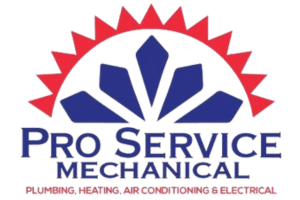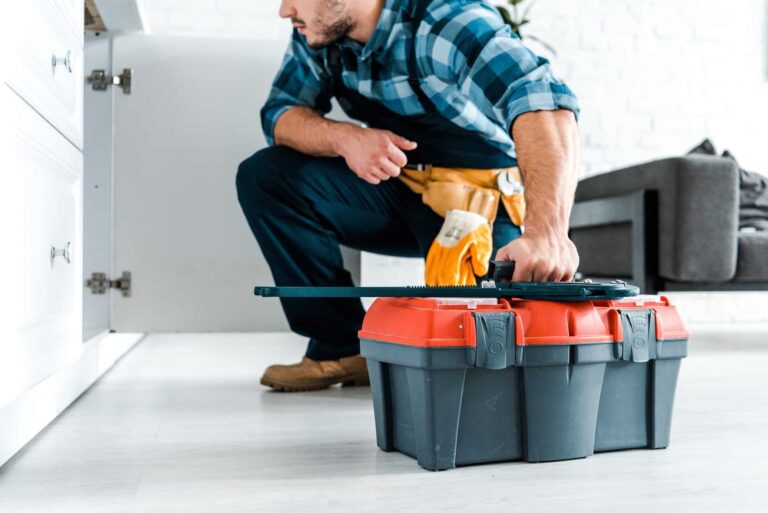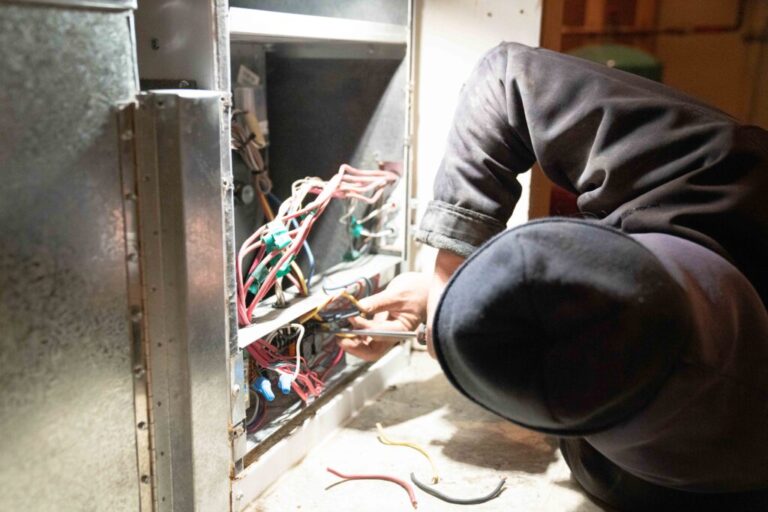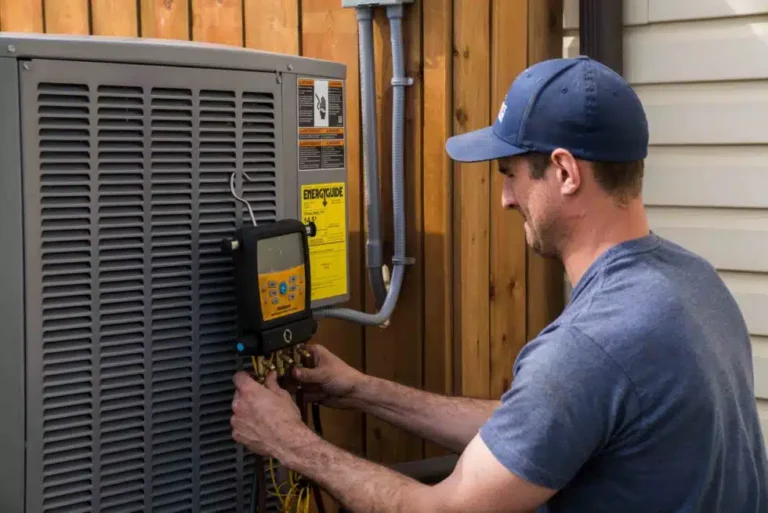by Ben Wanner of Pro Service Mechanical
Maybe the most important and overlooked part of your plumbing system in your home is the Sump pump. If it is not maintained or inoperative you may be looking at serious damage to your home. Lets get to know our Sump pump, how it should be installed and what to watch for.
A sump pump is installed in a home or property to pump away rain and melting snow that comes from around the outside of your house or building. A Sump pump is often connected to drainage or weeping tile around the perimeter of the basement.
Many times we see Sump pumps in new homes. In certain areas they may be required in new homes. Sump pumps may be added to a home with water drainage issues, wet basement problems and in some cases in areas with a high water table. Some areas will permit the discharge of a Sump pump into the waste plumbing of the home but this is often not the case. Generally a properly installed Sump will discharge the water at least 6 feet away from the foundation, sloping away from the building or home above grade.
The Sump pump system consists of some basic parts. The tank or sump is typically below the concrete floor. These tanks are typically made of plastic in new installations but may be metal or concrete, sometimes they are just dug into the dirt and have dirt walls which can be problematic. We can usually see some type of inlet to let in water from the weeping tile and from ground water. In the tank itself we will see the pump and motor. These may be a pedestal style or submersible style. The pump will have a float switch to turn the pump on when the water level in the tank gets high. Typically there will be a plastic pipe for a discharge pipe which takes the water outside away from the house. Often there will also be a check valve in the discharge to only let the water go one way.
If you require a Sump pump and it operates frequently you should consider having a battery backup in case of a power outage. Many people also consider having a backup pump on hand in case of failure.
We don’t want to be without this important piece of equipment in our house so here are a few things we can watch for to ensure we don’t have problems.
- A Noisy Pump (this may indicate failure is around the corner)
- Running Continuous or Very Often (this could be an indication of several problems, have it looked at professionally)
- Build Up in the Tank (debris or material in the tank can damage the pump)
- Tank Walls Damaged (can cause pump damage and failure)
- Discharge Pipe to Close to Home (this may cause continuous running of the pump or basement leakage, it may also be caused by a frozen or damaged pipe)
- No Lid (could cause pump damage and is a safety issue for people in the home)
- Electrical issues (installation issues, extension cord used, safety and operational issues)
If you have any concerns about your Sump pump and need it checked feel free to talk to the Pros at Pro Service Mechanical at 306-230-2442 or at proservice@sasktel.net
find out more at www.proservicemechanical.com








